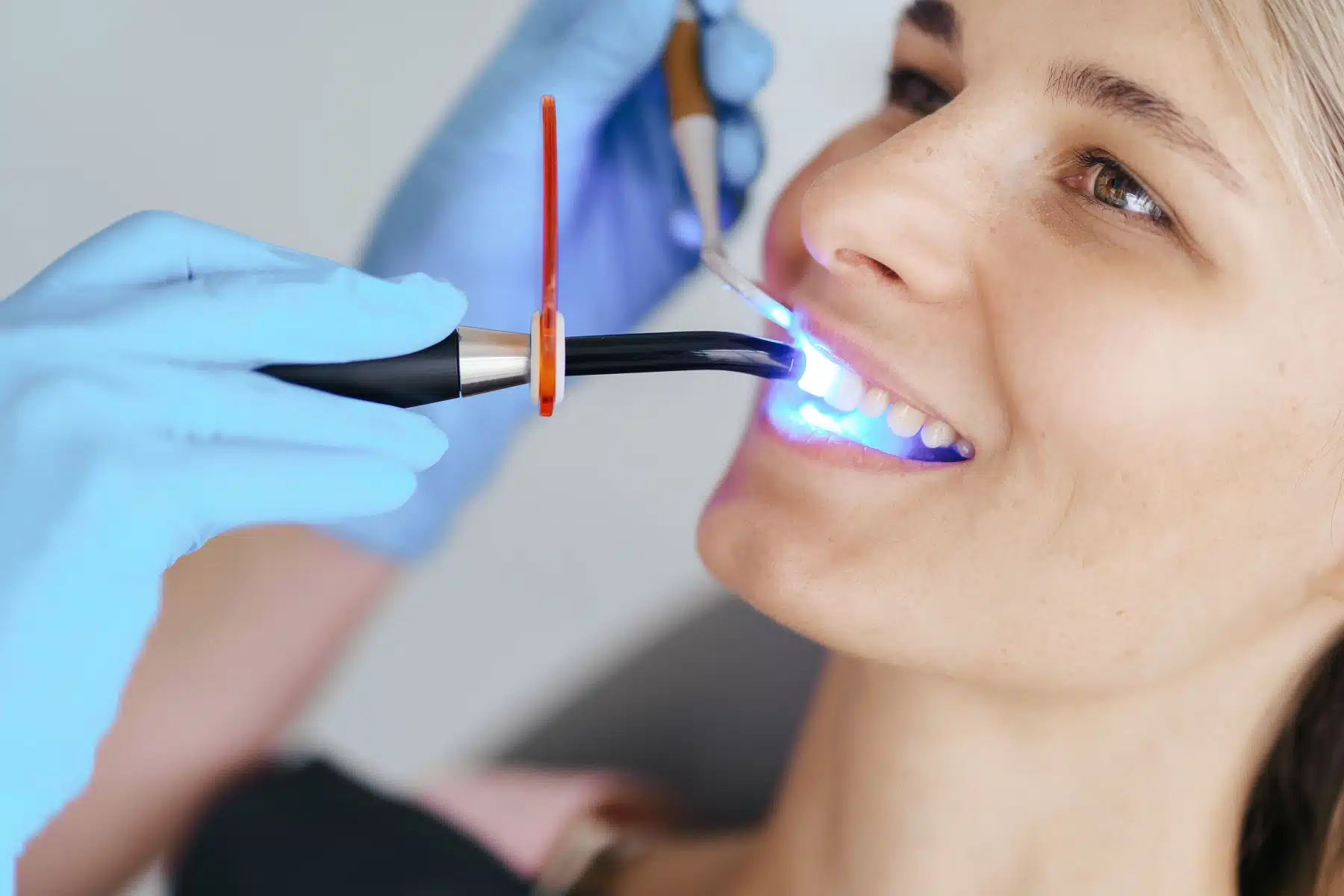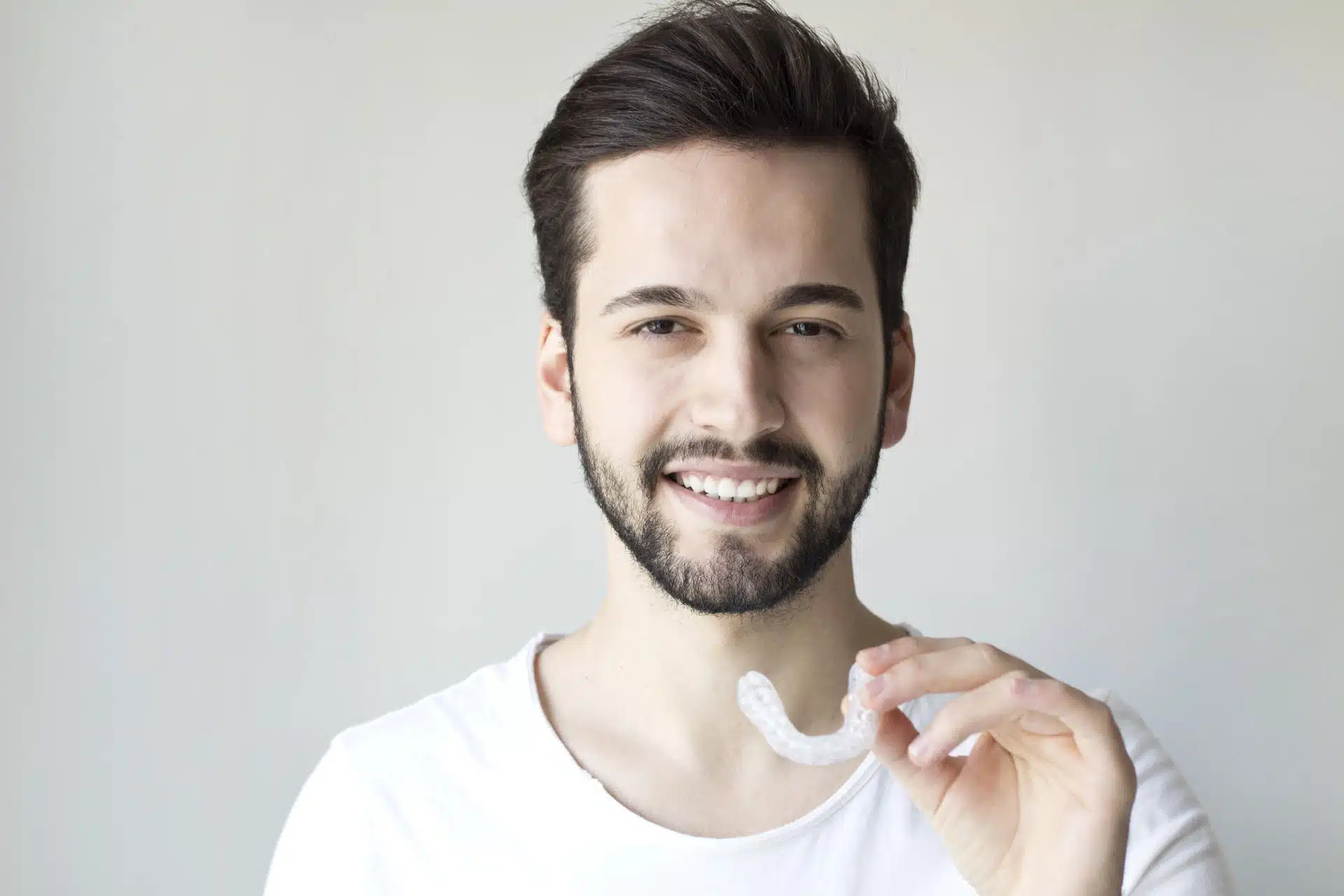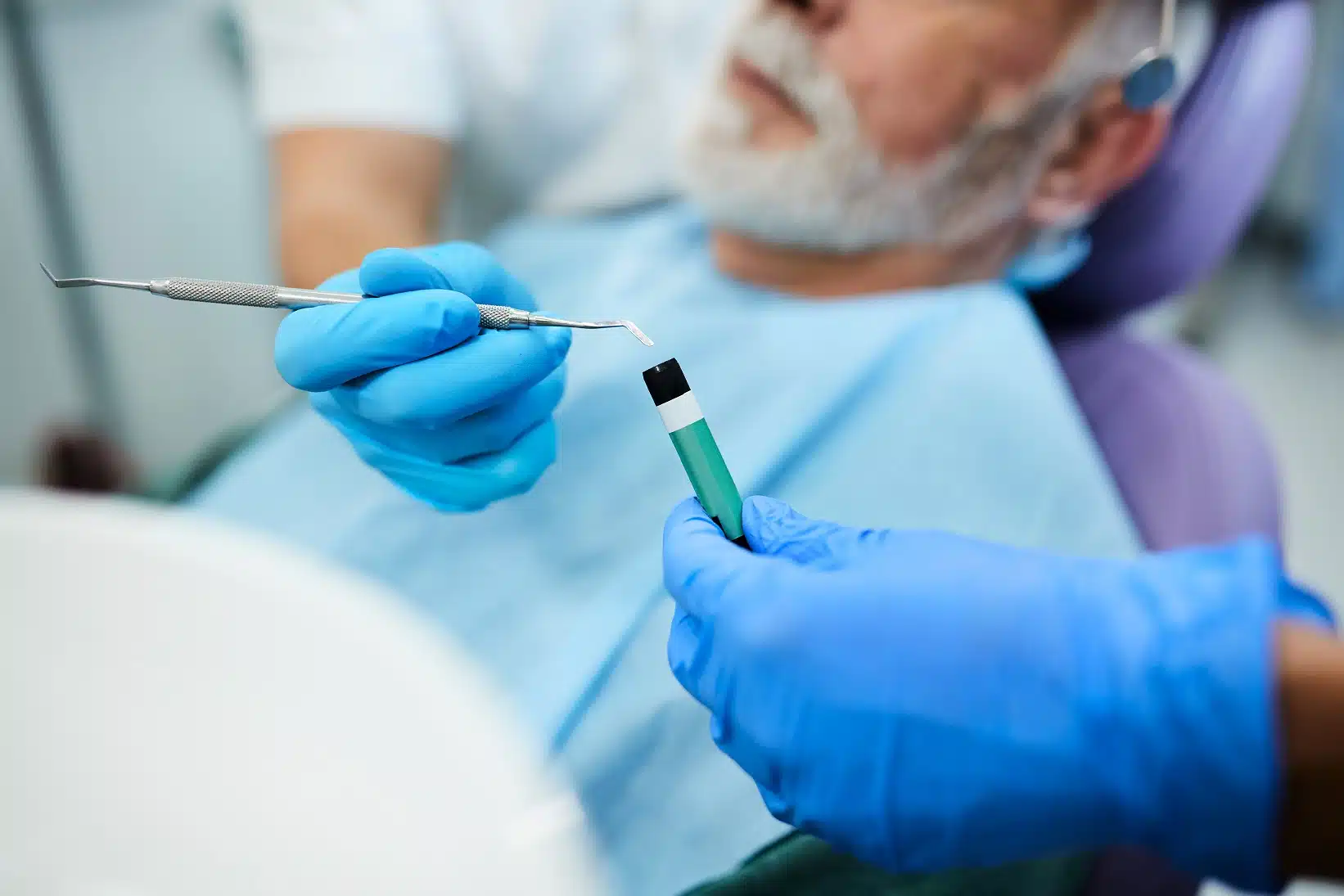Cottage Dental - Fullerton, CA
Let Us Introduce You To Your Best Smile
Welcome to
Cottage Dental
At Cottage Dental, we understand the importance of a healthy, beautiful smile, and we’re here to help you achieve just that! Located in the heart of Fullerton, CA, our expert team is dedicated to helping patients of all ages achieve lifelong oral health. We do this by not just focusing on smiles, but on bringing an exceptional experience to the patients we care for—making them excited to return again and again.
Patient-Focused
Our primary focus is you, and we work tirelessly to ensure your comfort and satisfaction throughout any and every procedure.
Sedation Dentistry
Dental anxiety is a common concern, but you can relax knowing that we provide a range of sedation options to keep you feeling relaxed.
Advanced Technology
Our modern facility and technology ensure satisfaction for every patient, providing the highest level of comfort and efficiency.

Experience The Cottage Dental Difference
At Cottage Dental, we don’t just treat teeth—we empower you with the knowledge and confidence to take control of your oral health. Our innovative approach to dentistry combines advanced technology, personalized care, and a touch of empathy, ensuring that every visit is an uplifting, transformative experience.
Your journey toward a lifetime of brilliant smiles begins here, and we are honored to be your trusted partner along the way. We go above and beyond to create an unforgettable experience that leaves you looking forward to your next appointment. In fact, after only one appointment, we are sure you’ll discover why Cottage Dental is the preferred choice for countless patients.
It’s time for you to become a patient at Cottage Dental, where we don’t just create beautiful smiles—we change lives, one smile at a time.
Invisalign® 101
Invisalign® At Cottage Dental
Dive Deeper Into Dental Care
Explore our Learning Centers to gain in-depth knowledge about some of our most popular services! Let us guide you through the world of dental care and help you make informed decisions for your oral health.
The Heart Of
Cottage Dental
At the core of Cottage Dental lies a team of extraordinary doctors, deeply dedicated to nurturing every patient’s oral health and well-being. Our professionals don’t just treat teeth—they genuinely care for the person behind the smile. Their unwavering commitment to understanding every individual’s unique needs and concerns allows them to form lasting connections with each patient.




Our Services














